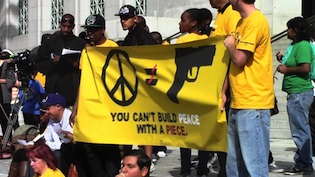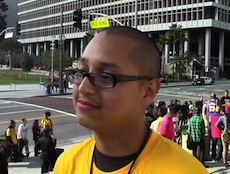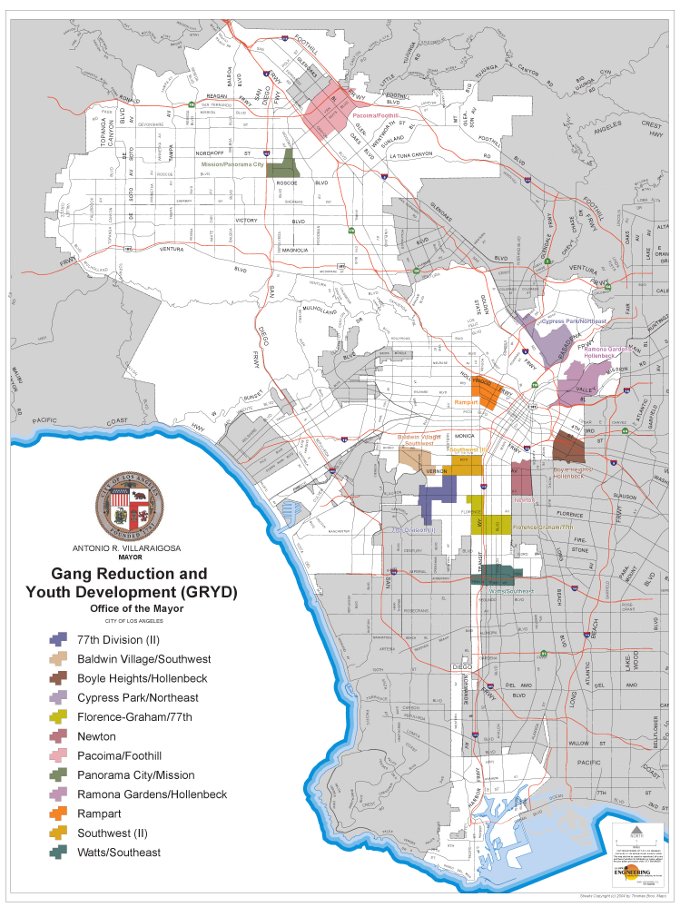On April Fool’s Day, the L.A. for Youth campaign gathered for a concert outside of City Hall to make a statement about what they call “foolish” safety policies in schools in Los Angeles. 
Performances included dancers, bands, musicians, and spoken word artists.
They hope to end violence in schools. However, they want to offer more positive solutions other than just sending police officers into schools.
“What we need to start doing is look into all these alternatives to incarceration and all these alternatives to school discipline, getting rid of zero tolerance policies and willful defiance and other terms that are aimed at criminalizing youth,” said Julio Marquez, L.A. for Youth representative.
The event hoped to show a more positive portrayal of school and community, one without guns and violence.
According to the LA Times, The Los Angeles Unified School District (LAUSD) has hired 750 security aides since the shooting in Newtown, Connecticut in December.
No one from LAUSD was available to comment.
Henry Sandoval, an LA For Youth campaign member shared his own story of the public school system.
For years he was pushed out of school and onto the streets. His school finalized him three times, meaning he automatically failed all his classes. 
“It came to a point where all my friends got finalized and kicked out to the streets,” Sandoval said. “We saw it as something really cool. We saw it as an early vacation.”
Now at age 21, his perspective has changed. He finally got off the streets and graduated.
Then just four months ago, a gunman with no apparent motive shot Sandoval in the chest. He says he harbors no harsh feelings towards his attacker.
“Everybody needs help, and the people who need the most help are getting pushed out and getting kicked out into the streets,” he said.
Jasmine Jauregui, youth organizer for LA for Youth, also shared her story.
Her father is serving time in prison and she wants to make sure that others don’t end up there as well. For her, the event meant a call for action.
“I want young people to get involved and wake up to the reality. We need to fix what’s not right,” she said.
LA for Youth’s larger goal is to raise enough money to open 500 community centers throughout Los Angeles.
“Community answers and community resources are the end to this violence,” Sandoval said.















